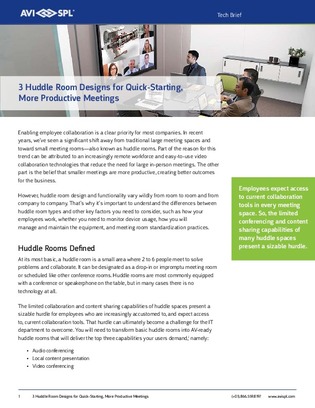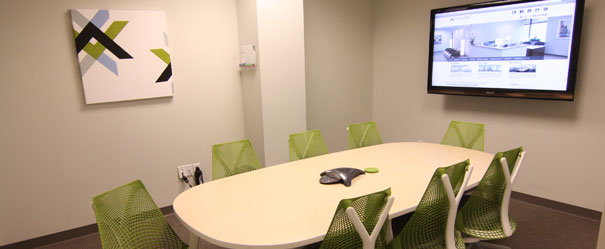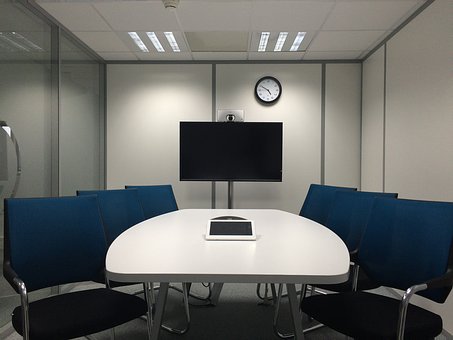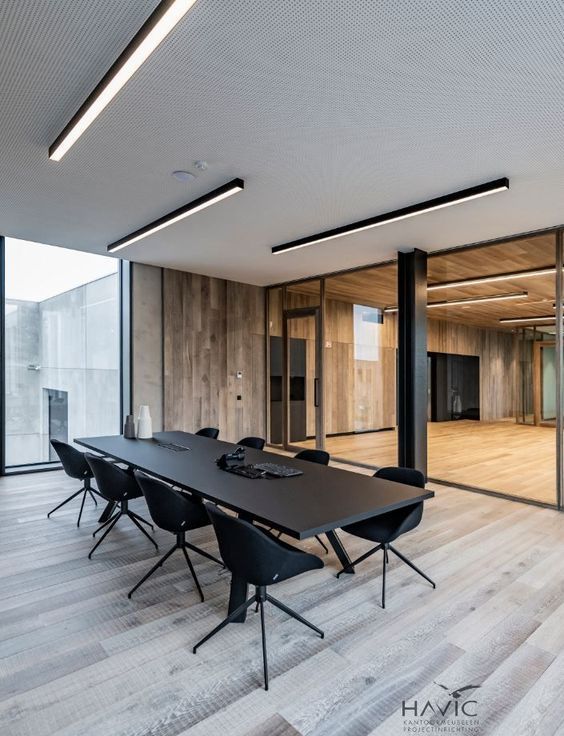For employees who work in offices, meetings are one of the most feared parts of the week. You have the feeling that you are not doing anything and you are easily bored. However, the design and layout of a meeting room also has a huge impact on how attentive and productive you feel in a meeting.
This article introduces some of the best ways to create an ergonomic design to increase productivity.
1. Type of lighting
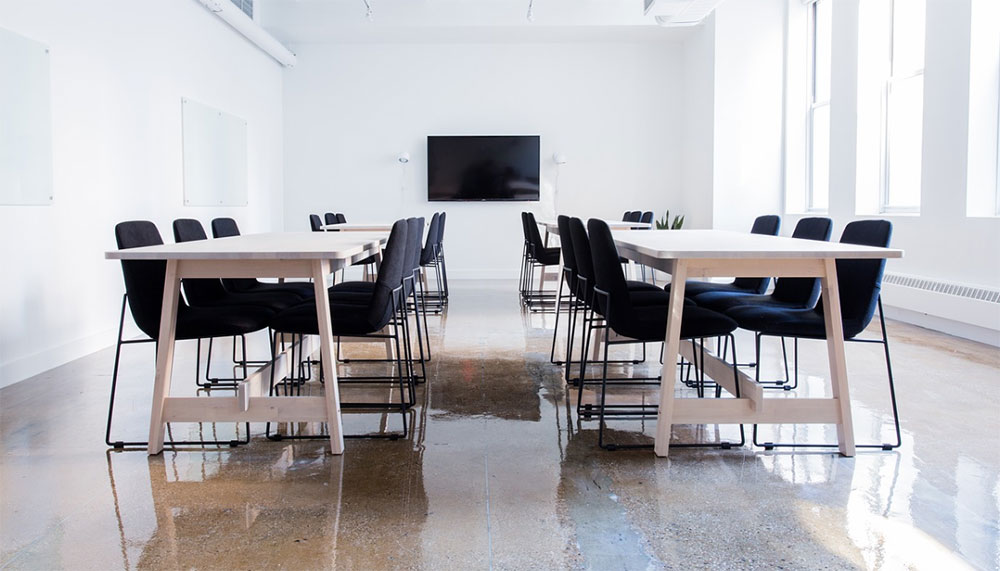
Good lighting is critical to productivity, as working in poor lighting conditions can put a strain on your eyes. Natural light is usually the best option because it minimizes strain on your eyes, lowers levels of the stress hormone cortisol, and helps people sleep longer. It explains why we are normally attracted to areas with natural daylight.
Surveys and studies show that natural daylight is what employees appreciate the most about their workplace, before things like cafeterias and gyms. Many workers state that they feel energized in natural daylight and that their current jobs do not offer enough.
Some great ways to bring in more natural daylight are to choose a meeting room with a glass wall facing the outside or a glass panel on the ceiling. If there is no way to get more natural light due to the weather or the location of the room, make sure that the lighting used is as close as possible to natural daylight. Halogen lamps are closest to natural daylight and offer a sharper contrast between the colors. You also save more energy than incandescent lamps.
2. Layout and space
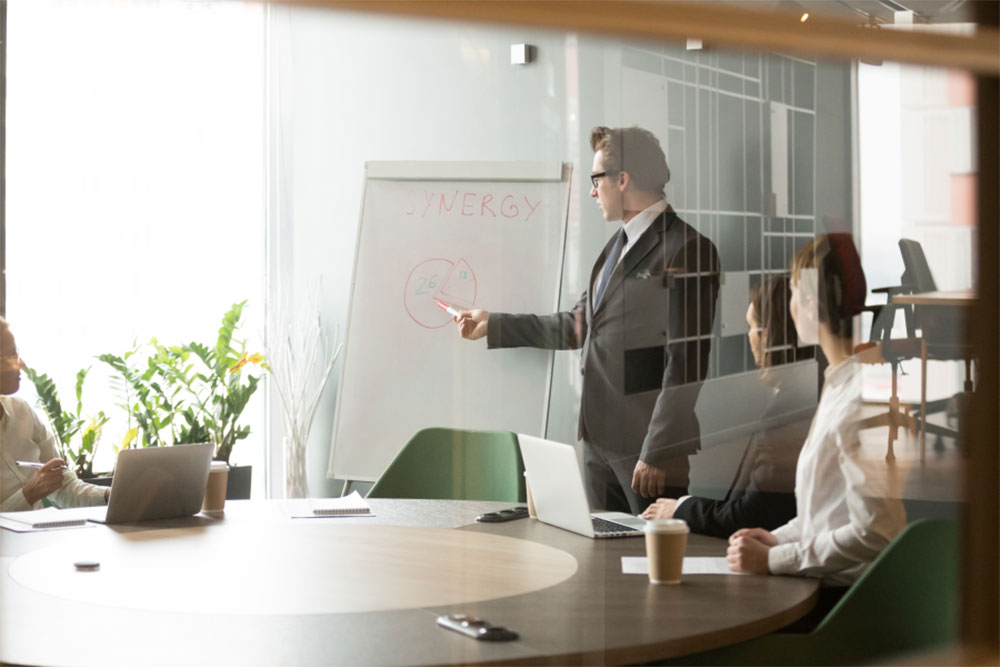
The layout of your meeting is very important to keep everyone busy. It is best to choose round tables or a U-shaped table. Watching the office also taught us that sitting employees in rows of chairs is probably not the best way to keep their attention. You are more likely to experience sound problems and the meetings feel less personal. The layout should allow everyone to have a clear view even during presentations.
Another fascinating spatial factor that contributes to our productivity is the ceiling height. When we work in rooms with higher ceilings, we get the illusion of more space and freedom. This feeling is more reassuring and we have better ideas.
It is also better to arrange the office furniture so that there is more space in the middle of the room. As expected, a more crowded space gives us the feeling of less freedom and encourages more limited thinking. Do you want better ideas? Arrange the room as spaciously as possible.
3. Paint color
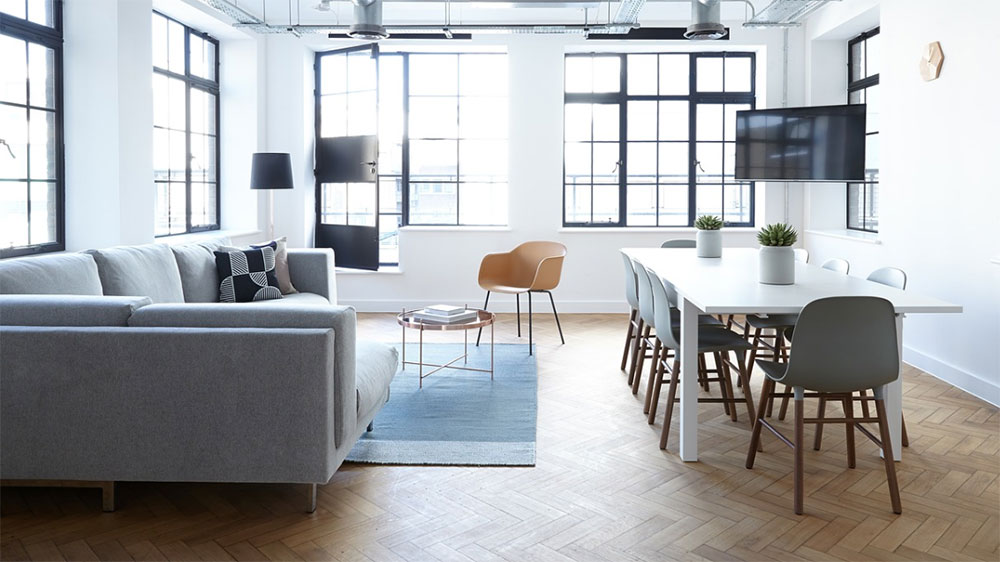
Paint colors have a drastic effect on the lighting in a room. Use light or bright colors on the walls to distract as much natural light as possible. Colors like white, light blue or light yellow are a good choice. Some experts say that this is a light blue-green ideal color. We feel more comfortable with this color because the colors blue and green are the most common colors that we associate with nature.
4. Comfortable, ergonomic chairs
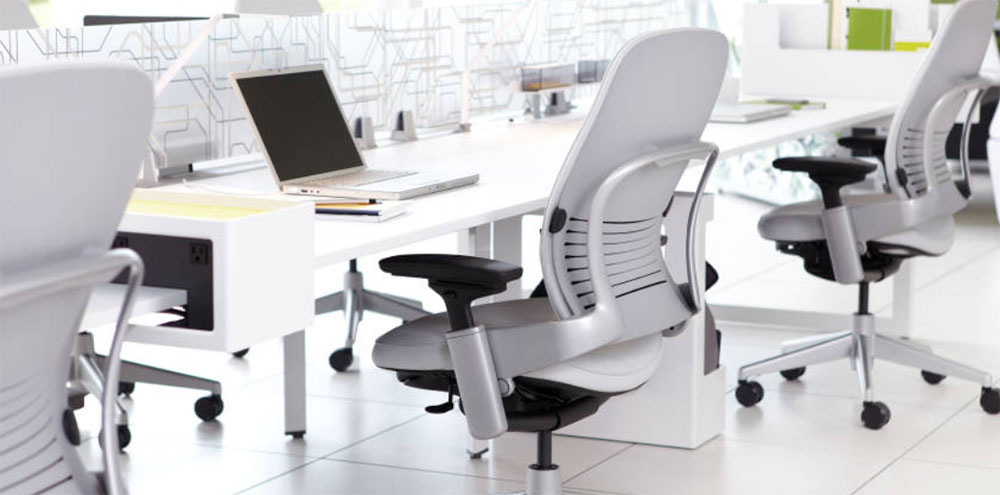
If you are holding long meetings where people are sitting for long periods of time, investing in comfortable meeting room chairs is essential.
Good posture has a profound impact on our productivity and energy level as it directly affects our biological functions. It is therefore not surprising that we were ordered not to lie down as children. In fact, some studies have shown that “strong” postures with optimal spine alignment improve testosterone and testosterone lowered Cortisol levels (Stress hormone) .. This leads to calmer thinking and higher risk.
What makes a comfortable office chair? Ergonomists say it should contain Proper support for your arms, adjustable lumbar support for your back and a neck support if your neck often feels tense.
The Steelcase Leap office chair For example, it offers both excellent lumbar support and armrests. The chair has a decent amount of padding (too much padding can sink you). The double adjustable lumbar support system Both the height and the pressure of the lordosis can be controlled. The backrest also encourages the user to maintain optimal spine alignment by following the natural S-curve. The options for changing the seating position by adjusting the height, depth and width are the strongest points.
5. temperature
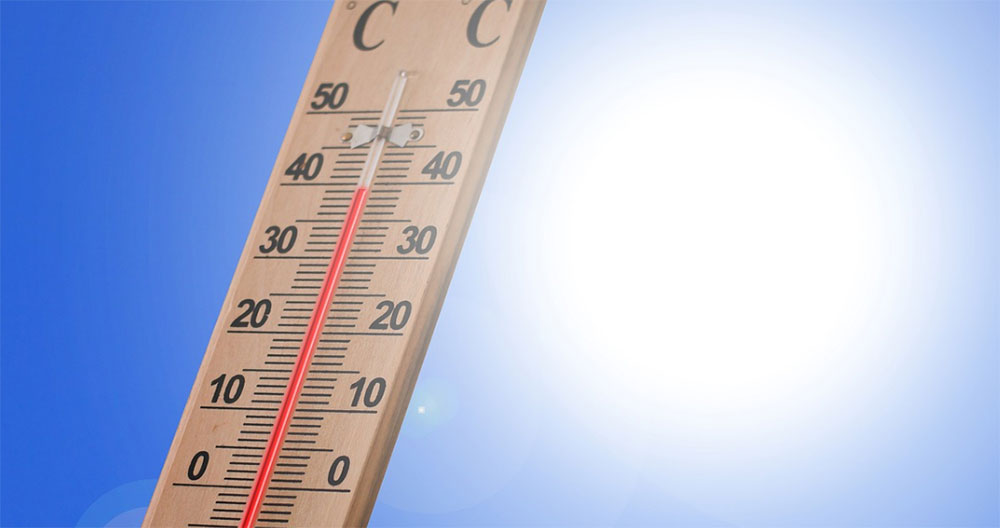
Like lighting, temperature is an important factor for our productivity and energy. Changes in temperature trigger biological responses (like burning fat), which affects our performance. It is easy to believe that lower temperatures are associated with higher productivity because the cold forces us to remain vigilant and the fat burning provides energy. However, this is not the case. The ideal temperature for optimal productivity seems to be 71.6 ° F. When the temperatures are too low, our body is busy keeping our body temperature normal and it distracts resources from our performance. As a result, it’s harder for us to stay focused and make more mistakes.
6. Let your employees be inspired
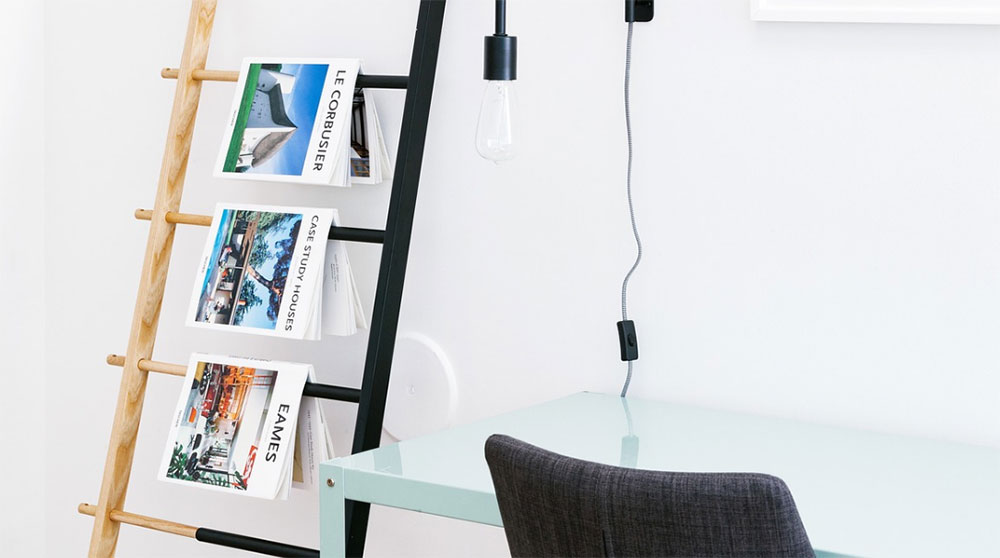
One element that you can add to reduce boredom is to add things that inspire your employees to work harder. For example, you can create a magazine status with magazines that relate to your field of work. Add magazines that talk about new innovations in your region. You never know what will trigger the next good idea!
It encourages workers to think outside the box and broaden their perspective. This can be very useful in brainstorming sessions. Alternatively, adding interesting works of art can also encourage creativity and make you think.
7. Provide food
It’s pretty distracting and time-consuming when people go to the break room for a drink or refreshment. So add some snacks or a coffee maker to your new meeting room. Add refreshments that are healthy and focus on people, such as high protein snacks, green tea, fresh fruit, etc.
Take meeting rooms to the next level
There are countless ways to upgrade your meeting rooms, and it really depends on the type of work you do and the personalities in your team. Regardless of the type of employee you have, the tips above are universal and should help create a more productive meeting room for everyone.
 TopsDecor.com Home Decor Ideas
TopsDecor.com Home Decor Ideas
